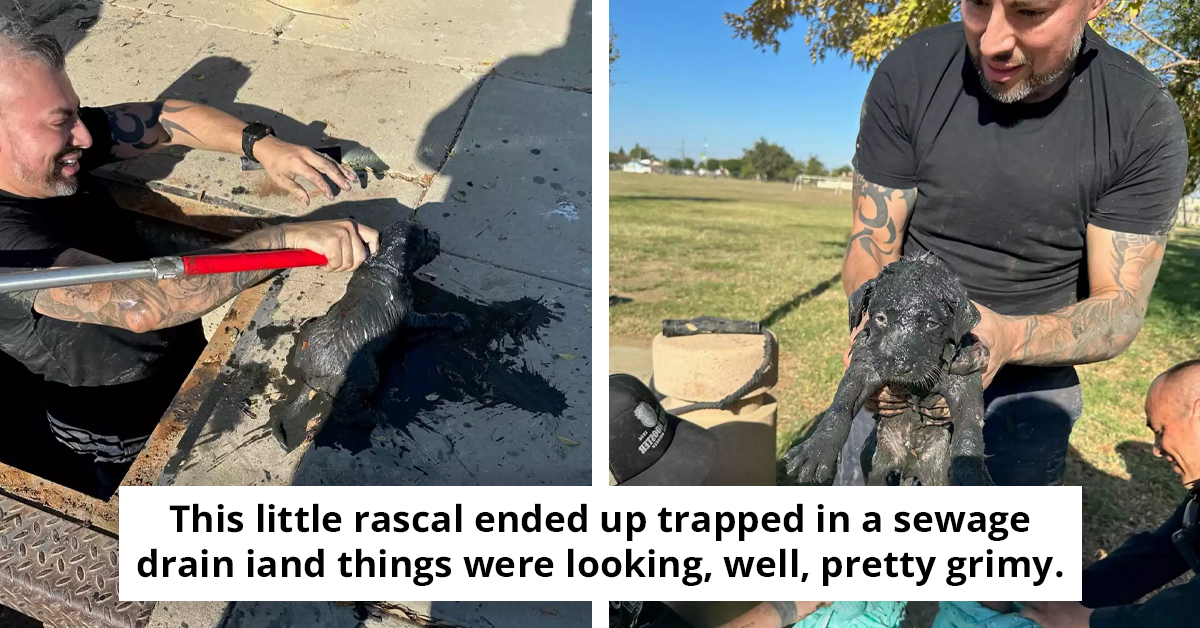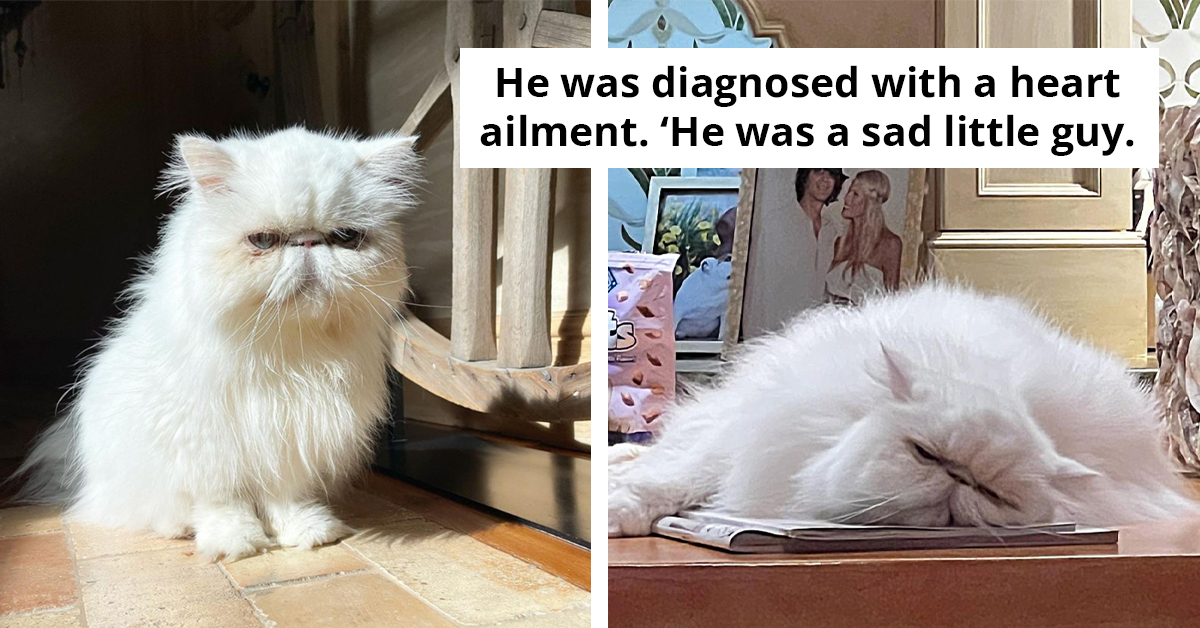Online Thread Reveals 30 Animals People Don’t Like Or Are Afraid Of When They Really Shouldn’t Be
Do you have a favorite animal? Do you love dogs because you've always had dogs as pets and can't stand the thought of returning home without being able to cuddle a big furry friend?
Or do you favor cats, with all their cute and witty ways? Or do you prefer turtles, with their lovely shells and adorable small faces that resemble old men?
There are so many animals to select from, yet for some reason, we humans are more drawn to some species than others. I'm not sure why we typically favor fluffy, soft, and cuddly creatures over anything with venom, fangs, or talons.
However, each member of the animal kingdom has a special function, and it is appropriate to recognize each animal. Recently, a curious Reddit user asked others to indicate which animals have negative reputations that are unjustified, and hundreds of commenters defended these amazing species.
Below, you'll find some of the best reactions, showcasing misunderstood creatures who suffer plenty of negative reputations. There may only be a few animals that you genuinely care about or cherish.
But despite the fact that we rarely, if ever, come into contact with most animals, they are still essential to preserving the ecosystem. Imagine what most creatures think about us, but let’s head into some of the replies from this online thread.
Someone asked:

1. Wolves!
They help regulate buffalo, eagle, deer, and other animal’s populations. People see them as vicious, dangerous, and rabid animals. It really sucks, people are killing them too! There’s only roughly 94 red wolves left in the Yellowstone National Park (located in the USA), it really sucks.
Wolves are now on the highly endangered animals list. Especially since people are luring wolves out of Yellowstone to trap and kill them. Wolves deserve more love. People are really sick.
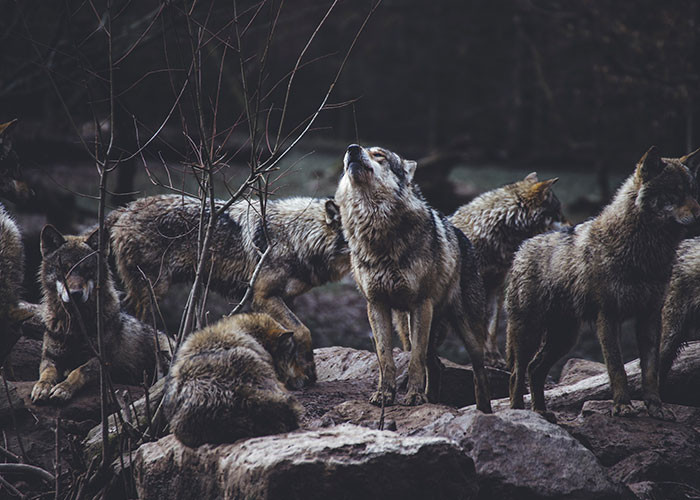
2. Pigs
Any farm animal, but pigs and cows don’t deserve being mocked and tortured. Pigs are highly intelligent animals, some outperforming 3 year old toddlers. “Pig” is used as an insult to men/ cops, but it’s a really gross comparison because they’re smart, sweet, and just wanna decorate their little area with flowers. Be nice to all animals please and at least learn about who you’re eating.
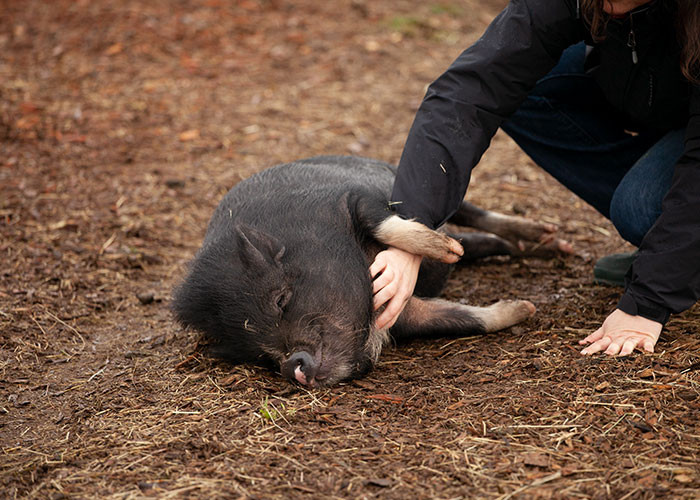
The Nature of Fear and Dislike
Fear and dislike of certain animals often stem from a lack of understanding or exposure, as supported by research in behavioral psychology. Studies show that our perceptions of animals are heavily influenced by cultural narratives and personal experiences. For many, unfamiliarity can breed fear, making it crucial to educate communities about the true nature of these creatures.
By addressing misconceptions, we can reduce irrational fears and promote a more balanced view of the animal kingdom.
Understanding Fear Responses to Animals
Dr. Helen Fischer, a psychologist specializing in animal behavior, explains that fear of certain animals often stems from early experiences or cultural narratives that shape perceptions.
Her research indicates that these fears can be irrational yet deeply ingrained, leading individuals to avoid certain creatures despite their harmlessness.
Studies published in the Journal of Abnormal Psychology highlight that exposure therapy can be effective in reducing these irrational fears over time.
3. Honey Bees
People are terrified, but as Dr. Lisa Feldman Barrett, an emotion researcher, notes, "Honeybees are not aggressive by nature; they are simply focused on their work and survival." These gentle creatures possess unique personalities and moods, making them fascinating members of our ecosystem.
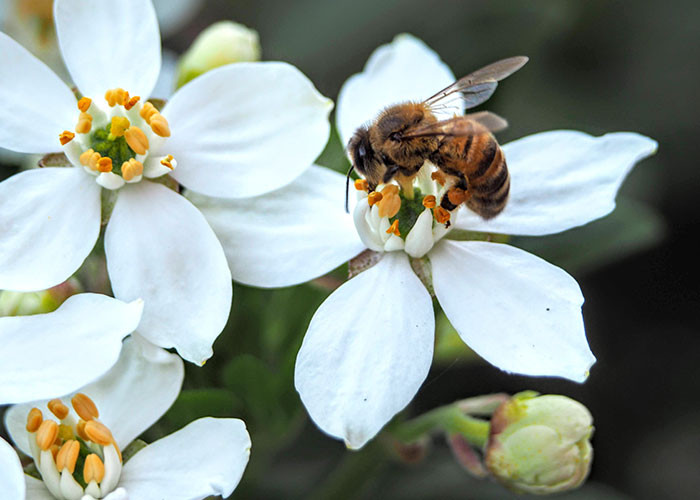
4. Possums
They are very disease resistant. According to Dr. Andrew Weil, an integrative medicine expert, "Many animals, including certain species of bats, have evolved to be resistant to diseases like rabies due to their unique physiology." This means they are unlikely to carry rabies, as their body temperature is too low for the rabies virus to thrive. Dr. Andrew Weil
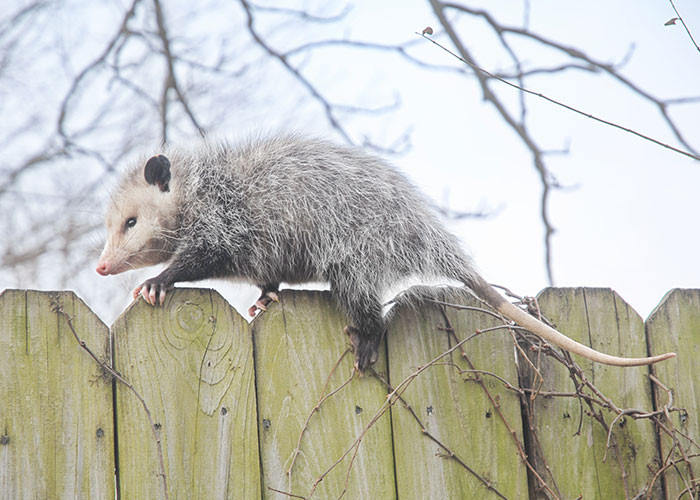
5. Black Cats
They are even more adorable than the other cats and I don't understand why they have become the most known symbol of bad luck.

The emotional response to certain animals can also be linked to evolutionary psychology. Fear responses are often rooted in survival instincts, where unfamiliar or potentially dangerous creatures trigger protective mechanisms. Research indicates that these instinctual reactions can sometimes be disproportionate to the actual threat posed by the animal.
In this case, the thread reveals a common theme: misunderstanding and lack of knowledge about the nature of certain animals can lead to fear or dislike.
Research in social psychology shows that familiarity breeds comfort, and when individuals lack exposure to specific animals, their fears can intensify.
This underscores the importance of education and exposure in reducing fear responses and fostering more positive relationships with animals.
6. Ravens
People think they're evil just because sometimes they're scavengers, and they were known to pick at bodies when public executions were still a thing, and because of that, they're forever the symbol of death and many people think they're evil.
- BroskiWind
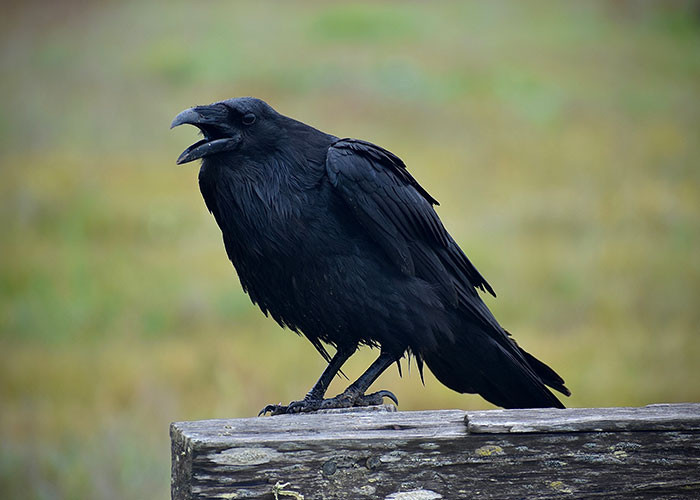
7. Bats
They eat more insects in one night than a spider will in a month. And they're rarely aggressive.
Edit: I'm seeing this theme in the comments, so I thought I should address it. Bats aren't harmless. They are a carrier of rabies, which is deadly to humans and animals alike. You should definitely be *wary of them. They are wild animals, and though they aren't usually confrontational, that doesn't make them friendly, either.
All I ask is if they are not bothering you, leave them alone. If they are, then please, do something about it. I don't want anyone to feel like they are obligated to allow bats to nest in their chimney or attic. Bats belong in the wild, not in your house.

8. Foxes
Even in children's fairy tales, we were shown that foxes are cunning and greedy. However, in reality, they exhibit behaviors similar to dogs while possessing the playful habits of cats. As Dr. Ian Kerner, a renowned sex therapist, notes, "Animals often reflect human fears and misconceptions, leading to unjust reputations." This perspective encourages us to reconsider our biases towards these creatures.
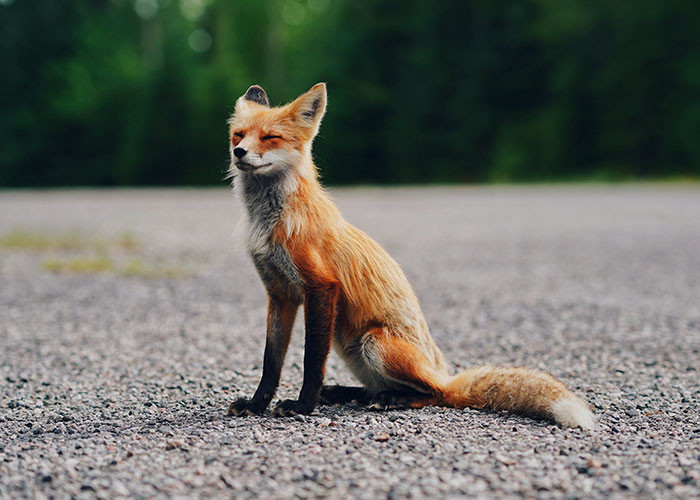
The Importance of Education
Education plays a vital role in mitigating fear and promoting understanding. Research in educational psychology emphasizes that exposure to information and positive experiences with animals can significantly alter perceptions. Schools and community programs that introduce people to a variety of animals can help foster empathy and reduce fear.
Creating opportunities for interaction with animals in safe environments can facilitate emotional connections and dispel myths.
Cultural Influences on Animal Perceptions
Cultural narratives significantly shape our perceptions of animals. Dr. Arthur Goldstein, a cultural psychologist, notes that societal beliefs often dictate how individuals view certain species.
Research indicates that media portrayals and folklore can contribute to fears and misconceptions about animals, influencing behavior and attitudes.
According to studies in cultural psychology, understanding the cultural context can help individuals reframe their perceptions and reduce irrational fears.
9. Greyhounds
People breed them and keep them in concrete cages and abuse them and the only interactions they get is being made to chase a fluffy thing to activate their prey drive to win their owners money.
And people wonder why they're nervous dogs who chase anything resembling a bunny, including cats and small dogs.
Source: i fostered rescued racing dogs
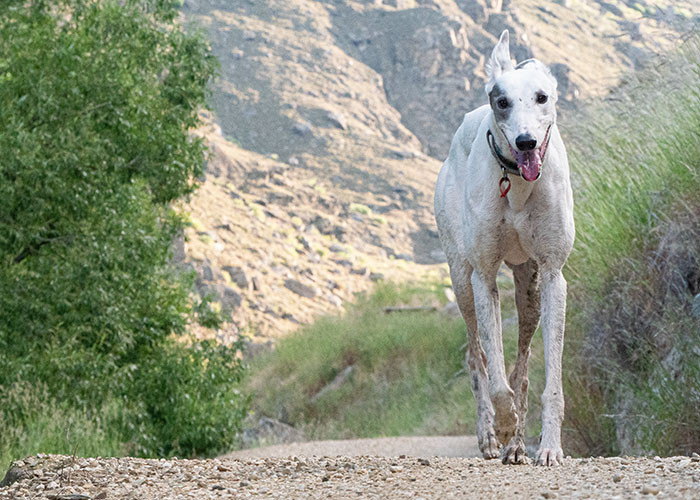
10. Moths
There are some absolutely gorgeous species of moths that are even prettier than butterflies. They are also pollinators.
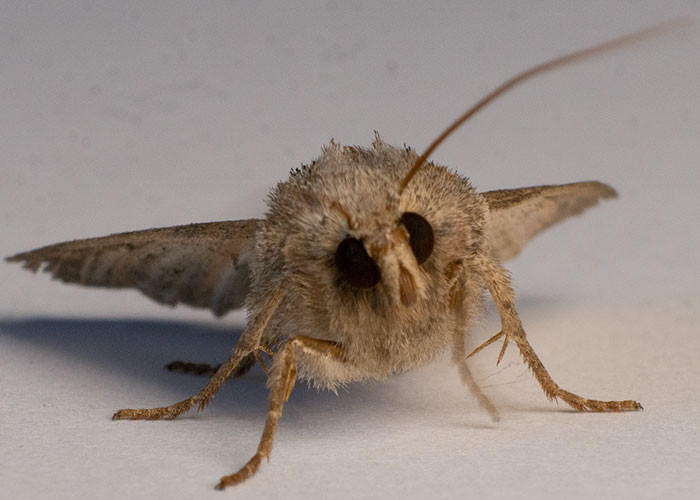
11. Snakes
They are trying to do their snakey thing and then some a*****e blamed them because some woman ate a piece of fruit.

Engaging in community discussions about animal welfare and conservation can also help shift perceptions. Research indicates that when communities come together to address fears and misconceptions, they can create a more supportive environment for all species. Encouraging open dialogue can foster understanding and cooperation among community members.
To address fears surrounding specific animals, experts recommend educational programs that provide factual information and encourage positive interactions.
Research shows that increasing knowledge about animals can significantly reduce fear and promote a sense of safety.
According to studies published in the Journal of Animal Behavior, exposure to animals in controlled environments can help individuals overcome their fears.
12. Sharks
Humans taste disgusting apparently and sharks prefer something with blubber like seals or whales. Sharks have very very poor eyesight so they often mistake surfers for seals (imagine someone laying down on a surf board, it looks like a seal from below).
They aren’t entirely sure what humans are and sometimes they’ll do a test nibble to check. Then will go away once they realize that it’s not a seal. Unfortunately their test nibbles aren’t very gentle but also aren’t fatal as long as no major arteries were hit.
You’re more likely to be killed by a cow than a shark.
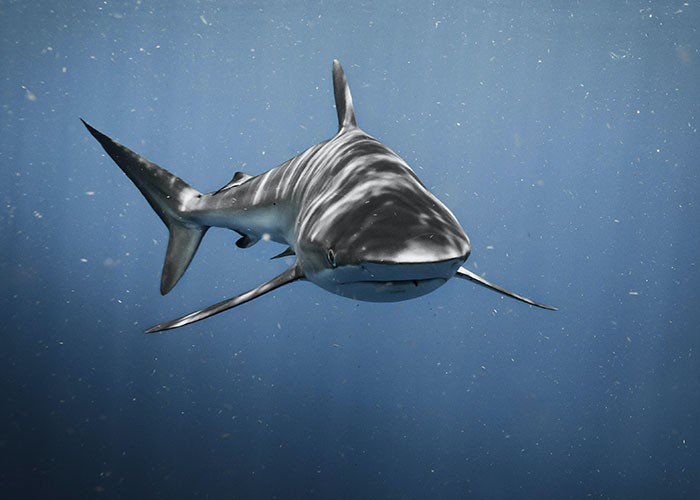
13. Rats
Everyone says they’re nasty, but they’re extremely clean. They’re also very intelligent!
Also the black plague was caused by fleas that infected the rats, not the rats themselves.
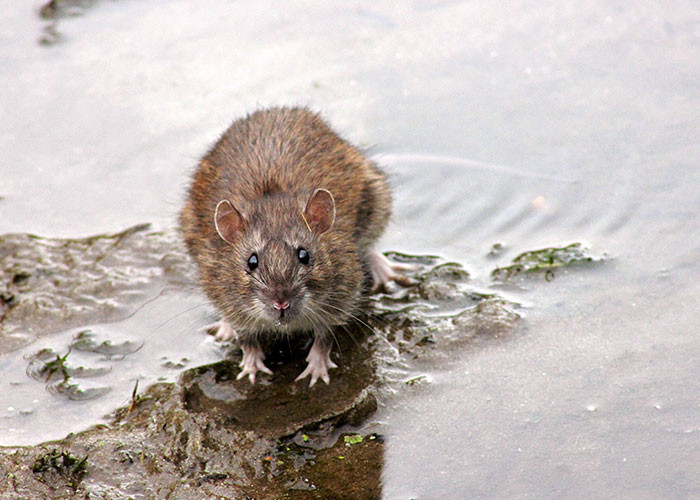
14. Spiders
They're just doing their thing being good creatures and helping control the true pests in our environment. As Dr. Andrew Weil, a renowned integrative medicine expert, states, "Nature has a way of balancing itself, and many animals we fear play crucial roles in maintaining that balance."

Understanding Emotional Responses
Emotional responses to animals often reflect deeper psychological factors, such as past experiences or learned behaviors. Studies in cognitive psychology show that our interactions with animals can shape our beliefs and feelings towards them. Recognizing the origins of these emotions can empower individuals to challenge their fears and develop more balanced attitudes.
By exploring these underlying factors, individuals can work towards healthier relationships with animals.
The Role of Positive Reinforcement
Positive reinforcement can play a critical role in changing perceptions of feared animals. By rewarding individuals for engaging positively with animals, communities can foster more supportive attitudes.
Studies indicate that positive experiences can significantly alter fear responses and promote more constructive behaviors.
According to research published in the Journal of Positive Psychology, positive reinforcement can enhance emotional well-being and foster a culture of compassion toward animals.
15. Wolves
They are vital to ecosystems and if you leave them alone they will do the same, if you save its life it'll remember years later, and its tragic they have such a huge negative stigma against them

16. Buzzards
In many regions, buzzards play a crucial role in the ecosystem by cleaning up roadkill and waste. While they may not be the most aesthetically pleasing birds, their contribution is invaluable. As Dr. Barry Schwartz, a renowned choice researcher, states, "The presence of scavengers like buzzards is essential for maintaining ecological balance and preventing the spread of disease." Their work is often overlooked, yet it is vital for a healthy environment.
- Dr. Barry Schwartz, choice researcher
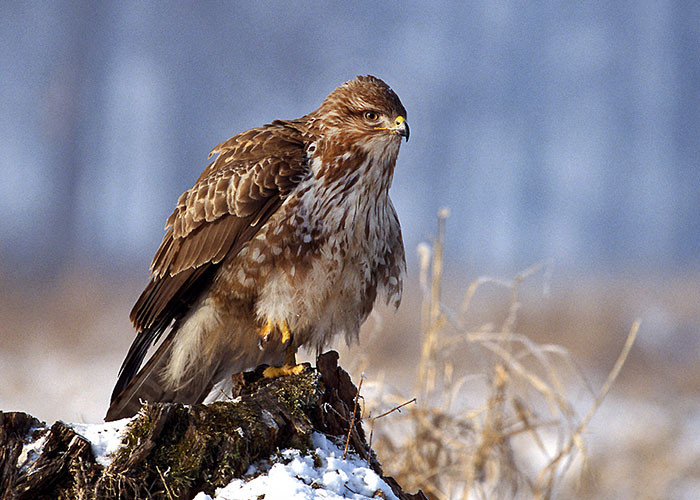
17. Skunks
They feed on a variety of pests around our homes and typically spray when they feel their life is in danger. So just don't sneak up on one lol.
According to Dr. Paul Bloom, a psychology professor, "Understanding the ecological role of these creatures can help alleviate unnecessary fear." They eat wasps and mice, for example.
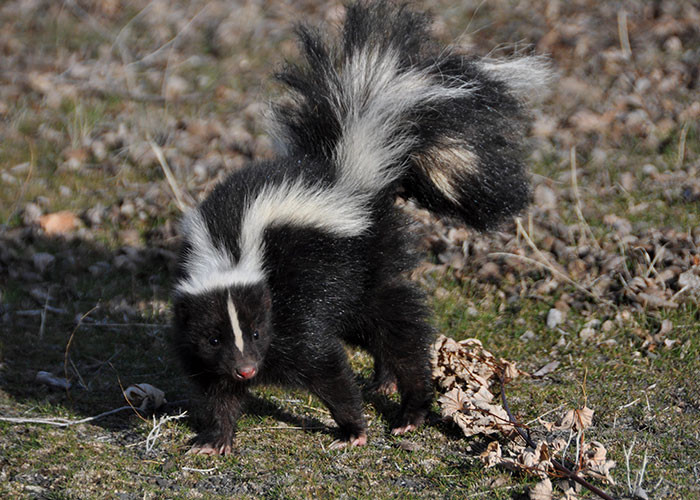
Encouraging community events that promote animal welfare can also help reduce fear and increase familiarity. Engaging in activities such as pet adoption drives or educational workshops can create opportunities for positive interactions.
Research shows that community involvement can foster connections and reduce fears by building relationships based on shared experiences.
Studies in community psychology emphasize the power of collective experiences in shaping attitudes toward animals.
18. Rats
Everyone thinks they’re disease-ridden rodents, but they can be very affectionate pets! According to Dr. Barry Schwartz, a choice researcher, "Animals like rats are often misunderstood; they are social creatures that can form strong bonds with humans." They feel emotions too! They’re just silly little creatures!
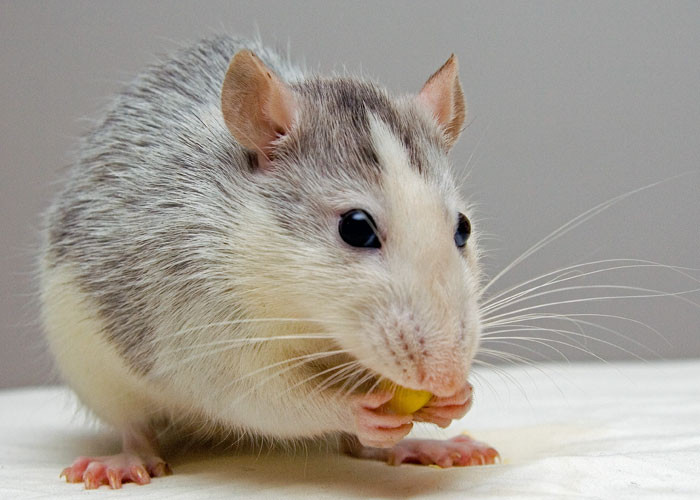
19. Bears
Sans the Polar Bears which are aggressive towards humans (but also because they don't live near a lot of people anyway and aren't really used to them), most other types of bears that live near humans are not normally aggressive unless provoked, and will try to flee if possible.
The black bear in particular is actually a fairly tame bear, and even the brown bears (Grizzly, Kodiak, etc.) bears will also generally leave you alone if you don't bother them.
- llcucf80
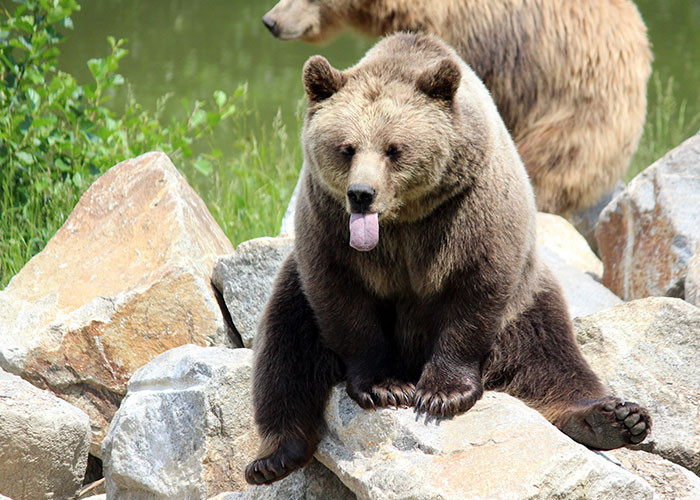
20. Some selected dog breeds
Since all the animals I wanted to mention already have been, I would instead like to nominate some select dog breeds, particularly breeds like Rottweiler, Doberman and Mastiff.
These dogs get a really bad rep as being violent killing machines. That's pretty unfair, though. Just about any dog will be violent if you raise it that way and abuse the f**k out of it.
Just about any dog can be super friendly and loving if you raise it properly as well. Even Chihuahuas and Jack Russells, with reputations for trying to fight everything that exists, can be adorable and innocent if they're raised and nurtured within a loving household.
So many dogs get a bad reputation just because of the media skewing things, and that's not fair. Have you even seen the families that raise these "violent" dogs that end up on the news?
Those people often look very clearly like troublemakers, with a few that are less noticeable in that regard. Instead of blaming dogs for their actions, blame the sh*tty owners who've turned dogs into that.
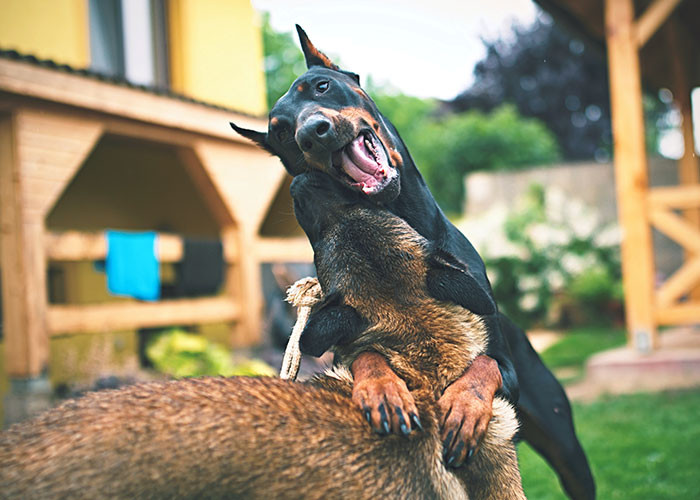
Building Compassionate Attitudes Toward Animals
Ultimately, fostering compassionate attitudes toward animals requires a multifaceted approach that combines education, exposure, and positive reinforcement.
By creating environments where individuals feel safe and supported in their interactions with animals, communities can enhance understanding and reduce fears.
It's about building a culture of empathy and respect for all living beings, encouraging everyone to appreciate the unique contributions of various species.
21. Tarantulas
They are extremely interesting creatures who want nothing to do with you. Many species of terestrial/fossorial tarantulas that can die from falling literally 2ft to the ground or less.
They are very, *very* fragile and rarely bite at all, and even then, **no-one** has ever died from a tarantula bite. Some females can live to **35+** years old with many hitting over ten years to twenty years easy.
If you see one in the wild, *please* leave it be. Some people find it funny to try and drown them in their underground homes or poke at them from afar, but its cruel, they aren't hurting you.
(I am a tarantula keeper lol)
- Dazzze
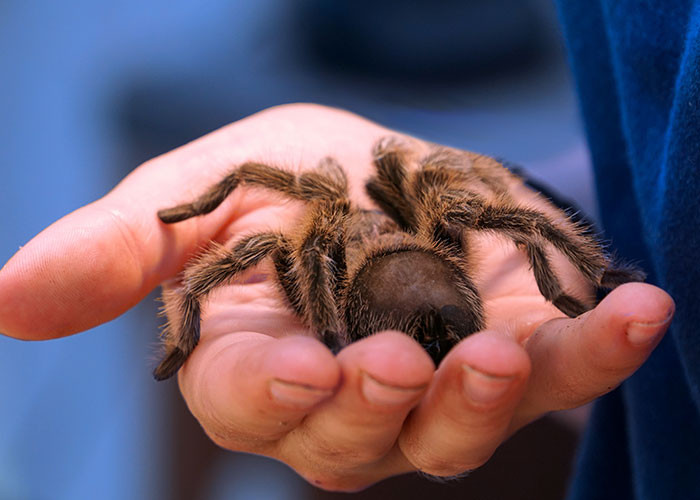
22. Gulls
Gulls are actually really expressive and very social, so they're fun to watch. Mature gulls in flight are quite beautiful over the ocean. The reason they go after people's food is because people feed them.
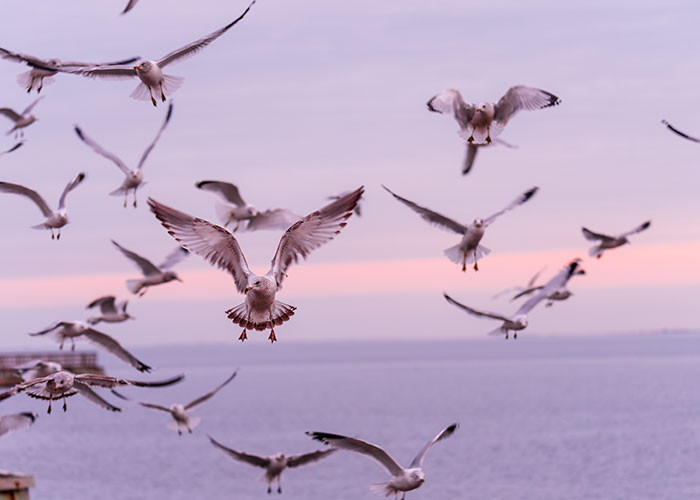
23. Bats
Bats are my favorite animal and it breaks my heart that they're always the scapegoat. Rabies? Bats. SARS? Bats. COVID? Bats.
They're very unlikely to pass on rabies, despite what that rabies copypasta might have you think because they die quickly from it.
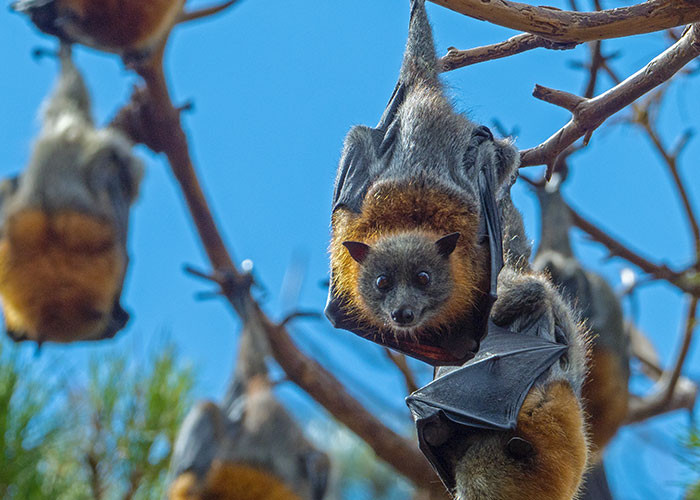
Understanding the psychological factors that contribute to fears surrounding animals can help individuals navigate their feelings and foster more positive relationships.
By promoting education and engagement, communities can work together to create environments that prioritize understanding and compassion.
Ultimately, it's about creating a society where all creatures are valued and respected.
24. Hyenas
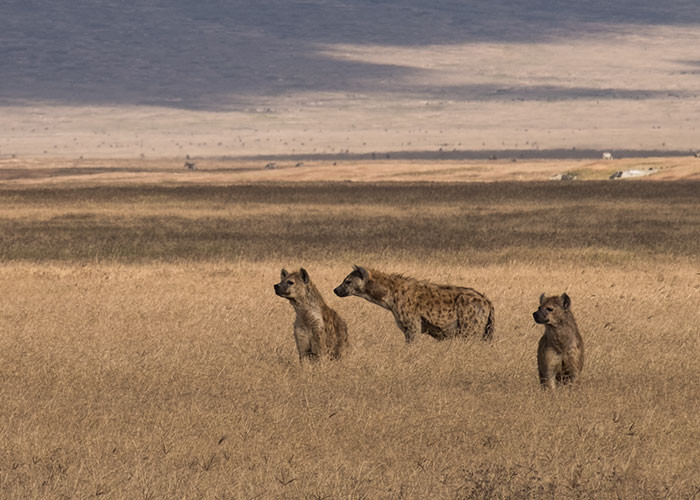
25. Alligators
So many get killed every year because they’re considered nuisance gators even if they’re not doing anything. Yes, of course they are dangerous, but they were here way before us, so we should respect them and their space.
If an alligator bites or hurts someone, it’s usually because they decided to go up and try to pet it or ride or whatever. Or they ignored signs saying not to swim in waters where gators live.

26. Pigeons
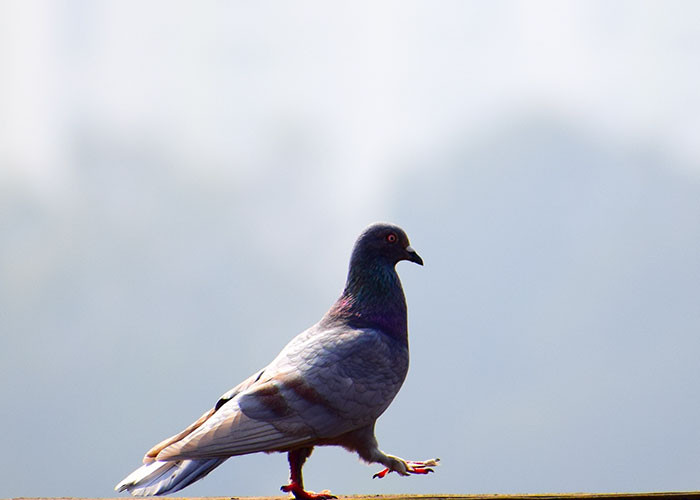
27. Piranhas
Their bloodthirsty reputation was created as part of a PR stunt to make Amazon seem more interesting
- Zanthora

28. Mosquitos
Mosquitos have a vital role in the ecosystem. They are the food of some animals like frogs and dragonflies. They are vegetarian most of the time; they eat nectar. They only bite when they are pregnant; they need the protein in the blood for the eggs.
BUT, mosquitos also have the most number of persons killed. They are the carrier of many diseases like malaria and dengue.
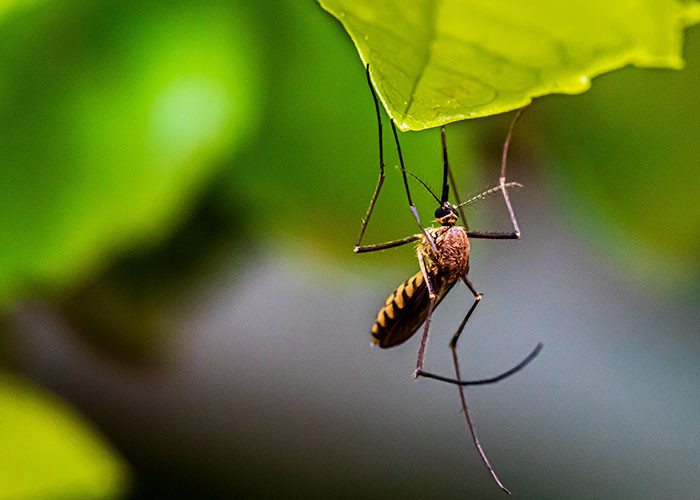
29. Chihuahuas
They can be a handful when not raised right but if you do a good job training them then they are the absolute biggest sweethearts and loving dogs you could ever hope for.
The ones that are trained poorly can be quite annoying and downright aggressive but that isn't how the properly trained ones behave at all.
- dman2316

30. Cockroaches
There are over 4,000 species of cockroaches, but only 30 of them are considered pests. This means that approximately 99.2% of cockroach species want nothing to do with human habitats.
Only the pest species spread diseases as well. Non-pest species don't and have the important job of decomposing organic matter in the environment. Some of them look really cool too, like the Mardi gras cockroach
They're fairly intelligent creatures for insects as well and are also highly sociable. Aside from the approximately 0.8% of cockroach species that are pests, cockroaches are important creatures to the health of the Earth and are also fairly interesting to study.

We often fear or hate creatures because we don’t really understand their nature. Our resource exploitation results in the killing of animals for food; frequent car accidents that result in animal deaths; noise and light pollution; deforestation; and air pollution.
Before giving these animals a poor reputation, maybe we should remember that humans must be fearsome to them as well.
Psychological Analysis
This thread highlights the complexities of fear and misunderstanding surrounding certain animals. Many individuals form strong aversions based on cultural narratives or lack of exposure, which can lead to irrational fears.
Encouraging education and positive experiences can significantly mitigate these fears and foster a more compassionate society.
Analysis generated by AI
Analysis & Alternative Approaches
Understanding the psychological underpinnings of fear responses to animals can help communities foster more compassionate attitudes.
By promoting education, exposure, and positive reinforcement, individuals can build relationships with various species based on understanding and respect.
Ultimately, it's about creating a culture that values all living beings and encourages positive interactions.
Analysis & Alternative Approaches
Understanding the psychological roots of fear and dislike towards certain animals can pave the way for more compassionate interactions. Education and community engagement are key strategies in fostering empathy and reducing irrational fears. By addressing misconceptions and promoting understanding, we can create a more harmonious coexistence with all living beings.


